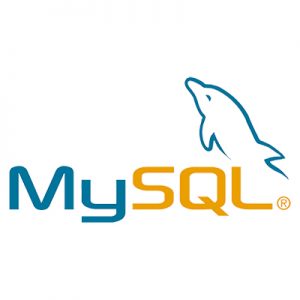Deploying a Windows VPS on Proxmox VE
Deploying a (modern) Linux/BSD VPS on a Proxmox VE is easy and requires no extra steps, since they have built in VirtIO support since kernel 2.6.25. For Windows its a bit more tricky, we need to use additional drivers, that can be obtained free of charge and in a neat iso package from here. Upload both your Windows installer and …






